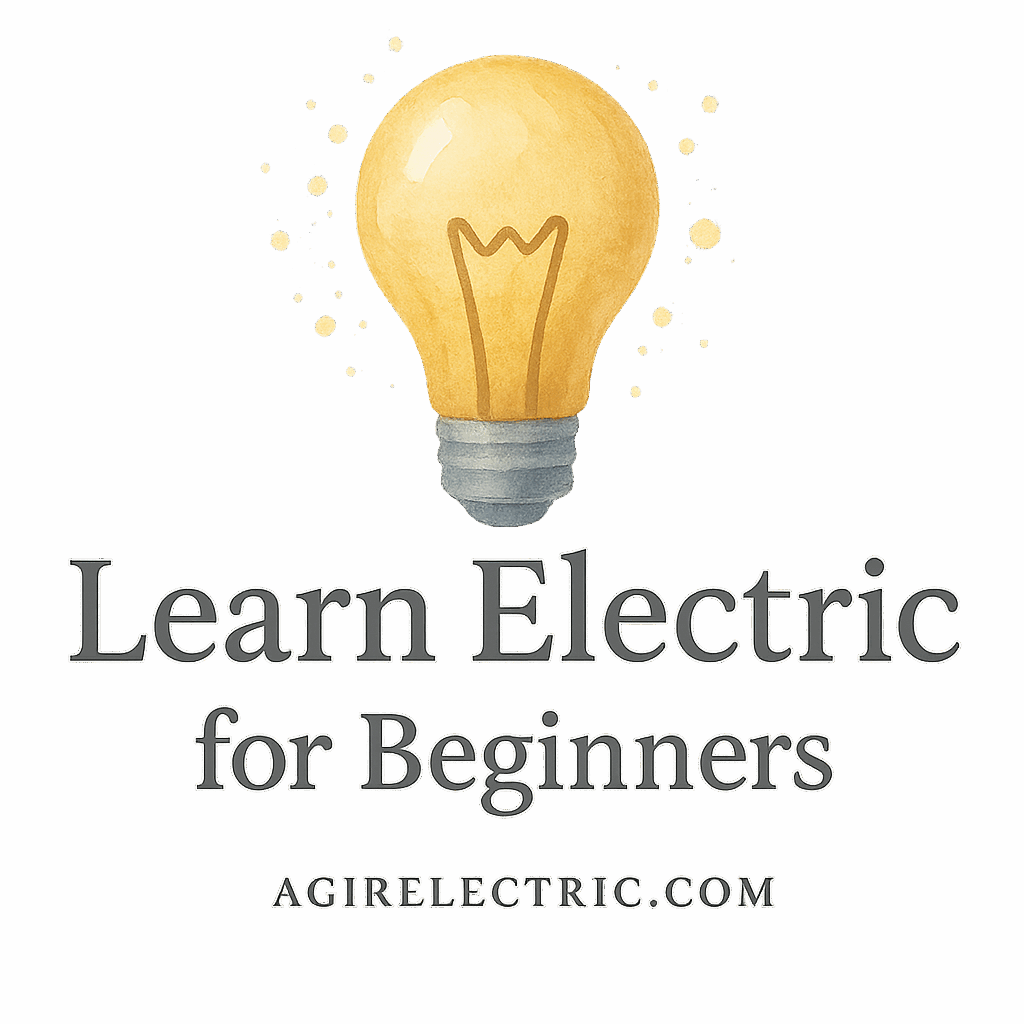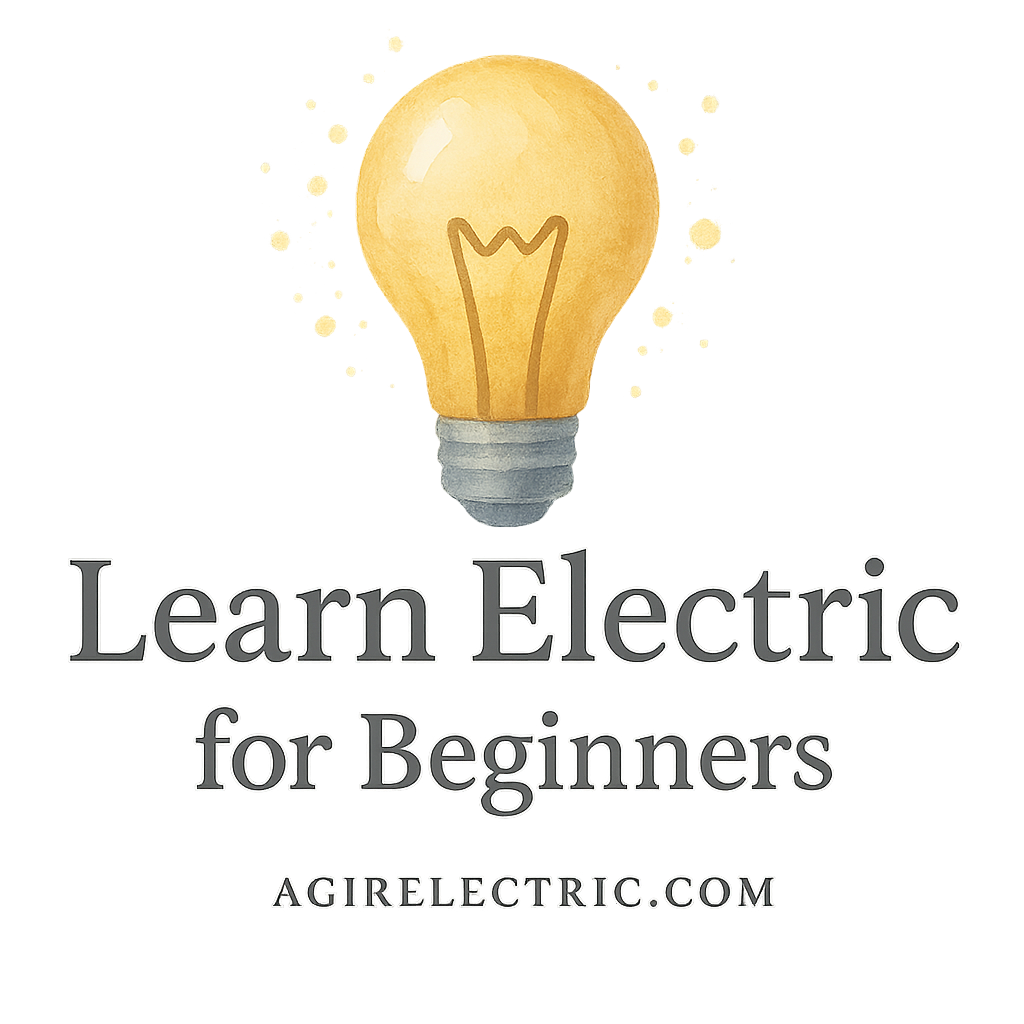Introduction to Electrical Terminology
If you’re diving into the world of DIY electrical projects or just trying to understand how your home’s wiring works, you’re in the right place. Electricity might seem intimidating at first, but with the right explanations, it becomes much more manageable. In this article, we’re going to break down seven essential electric terms that every beginner should know. No complicated jargon—just simple explanations that stick.
Internal Resources to Explore:
Why Understanding Basic Electric Terms Matters
Knowing basic electric terms isn’t just for electricians. Whether you’re fixing a broken outlet or installing a new light fixture, these terms give you the language to diagnose issues, communicate clearly, and stay safe. Plus, with growing interest in DIY home improvement projects, this knowledge is more important than ever.
1. Voltage
What is Voltage?
Voltage is the pressure that pushes electrical current through a wire. Think of it like water pressure in a hose—the higher the pressure, the more forcefully the water (or electricity) flows. It’s measured in volts (V).
How Voltage Works in Everyday Life
Your home likely uses 120V or 240V outlets depending on the appliance. Cell phone chargers, for example, convert higher voltage from the outlet to a lower voltage your phone can handle.
Safety Tips Around Voltage
Always turn off power at the breaker box before working with anything electric. Learn more about safety protocols in this guide: Electric Safety Precautions.
2. Current
Understanding Electric Current
Current is the flow of electrons through a conductor—usually a wire. It’s measured in amperes or amps (A).
Types of Current: AC vs. DC
- AC (Alternating Current): Changes direction; used in homes.
- DC (Direct Current): Flows in one direction; used in batteries.
Explore Electric Basics for Beginners for more info.
Current in Common Household Devices
Small devices like lamps use low current, while dryers or ovens use much higher amperage. Always check labels before plugging in new devices.
3. Resistance
What is Electrical Resistance?
Resistance slows down the flow of electricity, much like a bottleneck in a traffic jam. It’s measured in ohms (Ω).
How Resistance Affects Electrical Flow
Higher resistance means less current flow. Materials like rubber have high resistance, while copper has low resistance.
Tools to Measure Resistance
A multimeter can measure resistance, among other things. Read more here: Multimeter Guide.

4. Circuit
What Makes Up a Circuit?
A circuit is a closed loop through which electricity flows. It includes a power source, conductors (wires), and a load (device).
Open vs. Closed Circuits
- Closed Circuit: Electricity flows freely.
- Open Circuit: The loop is broken, so no electricity flows.
Real-life Circuit Examples at Home
Your kitchen light switch is a perfect example of opening and closing a circuit.
More on this at Troubleshooting Electric Issues.
5. Wattage
What Does Wattage Mean?
Wattage is the amount of power a device uses or produces. It’s calculated by multiplying volts × amps.
How to Calculate Wattage
Example: A device using 10 amps at 120 volts = 1,200 watts.
Wattage and Power Consumption
Higher wattage often means more energy used and higher electric bills. Learn to track this for home electric projects.
6. Grounding
The Importance of Grounding in Electrical Systems
Grounding gives stray electricity a safe path to the earth, preventing shocks and fires.
How Grounding Protects You
If a wire inside an appliance becomes loose, grounding ensures electricity doesn’t run through you when you touch it.
Grounding in Your Home
Modern homes have grounded outlets with three holes. Don’t ignore that third prong!
More safety tips at Electric Safety Precautions.
7. Multimeter
What is a Multimeter?
A multimeter is a tool used to measure voltage, current, and resistance. It’s essential for diagnosing electrical issues.
Using a Multimeter to Read Electric Values
Set the dial to the function you need (volts, amps, ohms) and touch the probes to the wires or terminals. Easy once you get the hang of it.
Best Practices for Beginners Using Multimeters
- Always read the manual first.
- Never measure resistance on a live circuit.
- Practice with a known power source.
For more: Electric Tools & Equipment
Summary of Key Electric Terms
Here’s a quick recap:
- Voltage: Push behind the flow
- Current: The flow itself
- Resistance: Flow’s resistance
- Circuit: The pathway
- Wattage: Total power used
- Grounding: Safety mechanism
- Multimeter: Your best diagnostic friend
Want to expand your understanding? Visit these helpful tags:
Common Mistakes New Learners Make
- Ignoring grounding practices
- Measuring live circuits incorrectly
- Mixing up voltage and current
- Using tools without understanding their functions
Check out this list of common mistakes to avoid them.
Conclusion
Learning these seven electric terms is a solid first step into the world of electricity. They help you talk the talk and walk the walk when it comes to diagnosing, fixing, or even upgrading your home’s electric systems. Stay curious, stay safe, and always keep learning. When in doubt, check out resources at AGIR Electric and don’t be afraid to ask questions or explore more.
FAQs
1. What is the difference between volts and amps? Volts measure the pressure of electricity, while amps measure how much electricity is flowing.
2. Can I safely work with electricity as a beginner? Yes, as long as you follow electric safety precautions.
3. What tool should I buy first for electric work? A multimeter—it helps you read voltage, current, and resistance.
4. Are all outlets grounded in modern homes? Most are, but older homes may have ungrounded outlets. It’s best to check.
5. How do I learn more about home wiring? Start with Electric Basics for Beginners and Home Electric Projects.
6. What’s the biggest mistake beginners make? Working on live circuits without turning off the power. Always flip the breaker first.
7. Where can I find more resources? Explore all the helpful tags and tools on AGIR Electric.


